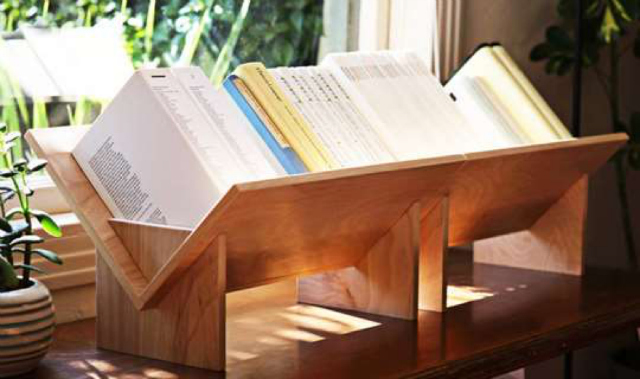Post-tensioning tendons, which are prestressing steel cables inside plastic ducts or sleeves, are positioned in the forms before the concrete is placed. Afterwards, once the concrete has gained strength but before the service loads are applied, the cables are pulled tight, or tensioned, and anchored against the outer edges of the concrete.
Post-tensioning is a form of prestressing. Prestressing simply means that the steel is stressed (pulled or tensioned) before the concrete has to support the service loads.
Most precast, prestressed concrete is actually pre-tensioned : the steel is pulled before the concrete is poured.
Post-tensioned concrete means that the concrete is poured and then the tension is applied, but it is still stressed before the loads are applied so it is still prestressed.
A Post Tension solution can bring many advantages to the construction process and is one of the greenest forms of construction giving 25% savings in concrete and 75% savings in reinforcement for a similar RC construction. The knock on effects for labour materials and programme can be easily quantified.



